

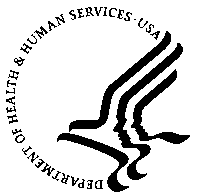
Y O U R G U I D E T O
A Healthy Heart
U.S. DEPARTMENT OF HEALTH AND HUMAN SERVICES
National Institutes of Health
National Heart, Lung, and Blood Institute
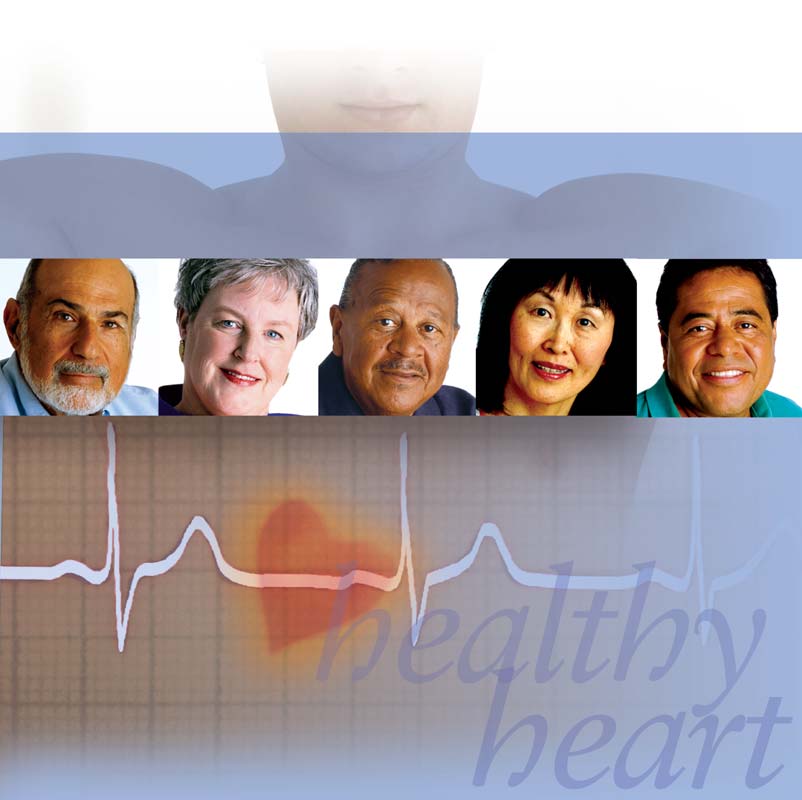
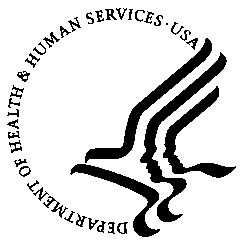
Y O U R G U I D E T O
A Healthy Heart
U.S. DEPARTMENT OF HEALTH AND HUMAN SERVICES
National Institutes of Health
National Heart, Lung, and Blood Institute
NIH Publication No. 06-5269
December 2005
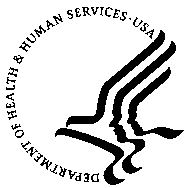
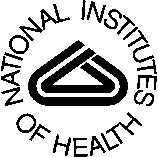
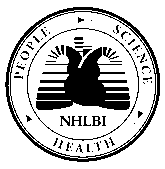
Written by: Marian Sandmaier
U.S. DEPARTMENT OF HEALTH AND HUMAN SERVICES
National Institutes of Health
National Heart, Lung, and Blood Institute
Contents
Heart Disease: Why Should You Care? . . . . . . . . . . . . . . . . . . . . . . . . . . . . 1
What You Need To Know About Heart Disease . . . . . . . . . . . . . . . . . . . . . . 3
What Is Heart Disease?. . . . . . . . . . . . . . . . . . . . . . . . . . . . . . . . . . . . . . . . . 3
Who Is at Risk? . . . . . . . . . . . . . . . . . . . . . . . . . . . . . . . . . . . . . . . . . . . . . . 4
How Risk Works . . . . . . . . . . . . . . . . . . . . . . . . . . . . . . . . . . . . . . . . . . . . . 4
What’s Your Risk? . . . . . . . . . . . . . . . . . . . . . . . . . . . . . . . . . . . . . . . . . . . . 5
How To Talk With Your Doctor . . . . . . . . . . . . . . . . . . . . . . . . . . . . . . . . . . . . 5
Major Risk Factors . . . . . . . . . . . . . . . . . . . . . . . . . . . . . . . . . . . . . . . . . . . 11
Smoking . . . . . . . . . . . . . . . . . . . . . . . . . . . . . . . . . . . . . . . . . . . . . . . . . 11
High Blood Pressure. . . . . . . . . . . . . . . . . . . . . . . . . . . . . . . . . . . . . . . . . . 12
What Is Blood Pressure?. . . . . . . . . . . . . . . . . . . . . . . . . . . . . . . . . . . . . 13
Understanding Risk . . . . . . . . . . . . . . . . . . . . . . . . . . . . . . . . . . . . . . . . 14
Changing Your Lifestyle . . . . . . . . . . . . . . . . . . . . . . . . . . . . . . . . . . . . . . 14
Taking Medication . . . . . . . . . . . . . . . . . . . . . . . . . . . . . . . . . . . . . . . . . 16
High Blood Cholesterol . . . . . . . . . . . . . . . . . . . . . . . . . . . . . . . . . . . . . . . . 17
Cholesterol and Your Heart . . . . . . . . . . . . . . . . . . . . . . . . . . . . . . . . . . . 17
Getting Tested . . . . . . . . . . . . . . . . . . . . . . . . . . . . . . . . . . . . . . . . . . . . 19
What’s Your Number?. . . . . . . . . . . . . . . . . . . . . . . . . . . . . . . . . . . . . . . 19
HDL Cholesterol Level . . . . . . . . . . . . . . . . . . . . . . . . . . . . . . . . . . . . . . 20
Heart Disease Risk and Your LDL Goal . . . . . . . . . . . . . . . . . . . . . . . . . . . 20
A Special Type of Risk . . . . . . . . . . . . . . . . . . . . . . . . . . . . . . . . . . . . . . 21
Your LDL Goal. . . . . . . . . . . . . . . . . . . . . . . . . . . . . . . . . . . . . . . . . . . . 22
How To Lower Your LDL . . . . . . . . . . . . . . . . . . . . . . . . . . . . . . . . . . . . . 22
Overweight and Obesity . . . . . . . . . . . . . . . . . . . . . . . . . . . . . . . . . . . . . . . 24
Should You Choose To Lose? . . . . . . . . . . . . . . . . . . . . . . . . . . . . . . . . . 26
Lose a Little, Win a Lot . . . . . . . . . . . . . . . . . . . . . . . . . . . . . . . . . . . . . . 30
Physical Inactivity . . . . . . . . . . . . . . . . . . . . . . . . . . . . . . . . . . . . . . . . . . . . 30
Diabetes . . . . . . . . . . . . . . . . . . . . . . . . . . . . . . . . . . . . . . . . . . . . . . . . . 32
What Else Affects Heart Disease? . . . . . . . . . . . . . . . . . . . . . . . . . . . . . . . 36
Stress
. . . . . . . . . . . . . . . . . . . . . . . . . . . . . . . . . . . . . . . . . . . . . . . . . 36
Alcohol
. . . . . . . . . . . . . . . . . . . . . . . . . . . . . . . . . . . . . . . . . . . . . . . . . 36
Sleep Apnea . . . . . . . . . . . . . . . . . . . . . . . . . . . . . . . . . . . . . . . . . . . . . . . 39
Contents
Menopausal Hormone Therapy . . . . . . . . . . . . . . . . . . . . . . . . . . . . . . . . . . 39
Birth Control Pills . . . . . . . . . . . . . . . . . . . . . . . . . . . . . . . . . . . . . . . . . . . . 43
iv
Taking Charge: An Action Plan for Heart Health . . . . . . . . . . . . . . . . . . . 45
Choose Healthy Foods . . . . . . . . . . . . . . . . . . . . . . . . . . . . . . . . . . . . . . . . 45
Getting Extra Support . . . . . . . . . . . . . . . . . . . . . . . . . . . . . . . . . . . . . . . . . 46
Blood Pressure and the Dash Eating Plan . . . . . . . . . . . . . . . . . . . . . . . . . 48
What Else Affects Blood Pressure? . . . . . . . . . . . . . . . . . . . . . . . . . . . . . . . . 53
High Blood Cholesterol and the TLC Program . . . . . . . . . . . . . . . . . . . . . . . . 53
Now You’re Cooking: Limiting Saturated Fat, Trans Fat, and Cholesterol . . . . . . 53
Meat, Poultry, and Fish . . . . . . . . . . . . . . . . . . . . . . . . . . . . . . . . . . . . . . 53
Milk Products and Eggs . . . . . . . . . . . . . . . . . . . . . . . . . . . . . . . . . . . . . 54
Grains and Grain Products. . . . . . . . . . . . . . . . . . . . . . . . . . . . . . . . . . . . 55
Sauces, Soups, and Casseroles . . . . . . . . . . . . . . . . . . . . . . . . . . . . . . . . 55
When You Can’t Face Cooking. . . . . . . . . . . . . . . . . . . . . . . . . . . . . . . . . . . 56
Dining Out for Health . . . . . . . . . . . . . . . . . . . . . . . . . . . . . . . . . . . . . . . 56
Make Healthy Choices . . . . . . . . . . . . . . . . . . . . . . . . . . . . . . . . . . . . . . 57
How To Tame a Snack Attack . . . . . . . . . . . . . . . . . . . . . . . . . . . . . . . . . 58
Aim for a Healthy Weight. . . . . . . . . . . . . . . . . . . . . . . . . . . . . . . . . . . . . . . 61
Getting Started . . . . . . . . . . . . . . . . . . . . . . . . . . . . . . . . . . . . . . . . . . . 63
Seven Secrets of Weight Management . . . . . . . . . . . . . . . . . . . . . . . . . . . 64
How To Choose a Weight-Loss Program . . . . . . . . . . . . . . . . . . . . . . . . . . 70
Get Moving! . . . . . . . . . . . . . . . . . . . . . . . . . . . . . . . . . . . . . . . . . . . . . . . 72
A Little Activity Goes a Long Way . . . . . . . . . . . . . . . . . . . . . . . . . . . . . . . 72
No Sweat!. . . . . . . . . . . . . . . . . . . . . . . . . . . . . . . . . . . . . . . . . . . . . . . 73
Safe Moves. . . . . . . . . . . . . . . . . . . . . . . . . . . . . . . . . . . . . . . . . . . . . . 74
What’s Your Excuse? . . . . . . . . . . . . . . . . . . . . . . . . . . . . . . . . . . . . . . . 75
Move It and Lose It . . . . . . . . . . . . . . . . . . . . . . . . . . . . . . . . . . . . . . . . 76
You Can Stop Smoking. . . . . . . . . . . . . . . . . . . . . . . . . . . . . . . . . . . . . . . . 76
Prepare To Succeed . . . . . . . . . . . . . . . . . . . . . . . . . . . . . . . . . . . . . . . . 78
Breaking the Habit . . . . . . . . . . . . . . . . . . . . . . . . . . . . . . . . . . . . . . . . . 78
If You “Slip” . . . . . . . . . . . . . . . . . . . . . . . . . . . . . . . . . . . . . . . . . . . . . . 81
Heart Health Is a Family Affair . . . . . . . . . . . . . . . . . . . . . . . . . . . . . . . . . 83
A Change of Heart . . . . . . . . . . . . . . . . . . . . . . . . . . . . . . . . . . . . . . . . . . . 85
How To Estimate Your Risk . . . . . . . . . . . . . . . . . . . . . . . . . . . . . . . . . . . . 86
To Learn More . . . . . . . . . . . . . . . . . . . . . . . . . . . . . . . . . . . . . . . . . . . . . . 88
our Guide to a Healthy HeartY
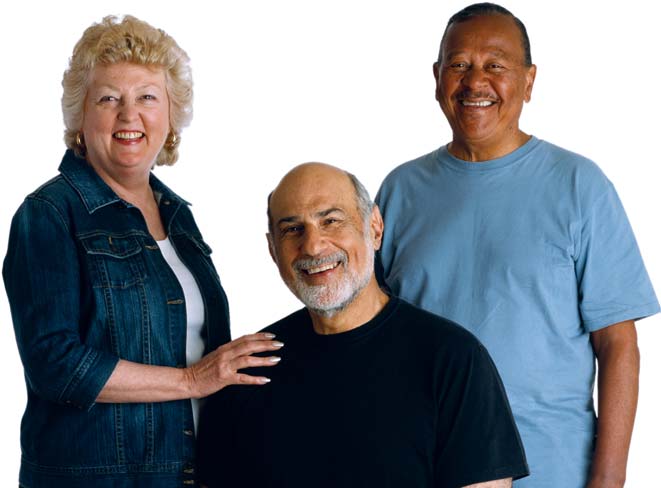
1
Heart Disease:
Why Should You Care?
If you’re like many people, you may think of heart disease as a problem that happens to other folks. “I feel fine,” you may think,
“so I have nothing to worry about.” If you’re a woman, you may also believe that being female protects you from heart disease.
If you’re a man, you may think you’re not old enough to have a serious heart condition.
Wrong on all counts. In the United States, heart disease is the #1
killer of both women and men. It affects many people at midlife, as well as in old age. It also can happen to those who “feel fine.”
Consider these facts:
■ Each year, 500,000 Americans die of heart disease, and approximately half of them are women.
■ As early as age 45, a man’s risk of heart disease begins to rise significantly. For a woman, risk starts to increase at age 55.
■ Fifty percent of men and 64 percent of women who die suddenly of heart disease have no previous symptoms of the disease.
Heart Disease: Why Should Y
ou Car
e?
2
These facts may seem frightening, but they need not be. The good news is that you have a lot of power to protect and improve your heart health. This guidebook will help you find out your own risk of heart disease and take steps to prevent it.
“But,” you may still be thinking, “I take pretty good care of myself.
I’m unlikely to get heart disease.” Yet a recent national survey shows that only 3 percent of U.S. adults practice all of the “Big Four”
habits that help to prevent heart disease: eating a healthy diet, getting regular physical activity, maintaining a healthy weight, and avoiding smoking. Many young people are also vulnerable. A recent study showed that about two-thirds of teenagers already have at least one risk factor for heart disease.
Every risk factor counts. Research shows that each individual risk factor greatly increases the chances of developing heart disease.
Moreover, the worse a particular risk factor is, the more likely you are to develop heart disease. For example, if you have high blood pressure, the higher it is, the greater your chances of developing heart disease, including its many serious consequences. A damaged heart can damage your life by interfering with enjoyable activities, preventing you from holding a job, and even keeping you from doing simple things, such as taking a walk or climbing steps.
What can you do to reduce your personal risk of heart disease?
First, you can learn about your own risk factors. Second, you can begin to make healthful changes in your diet, physical activity, and other daily habits. Whatever your age or current state of health, it’s never too late to take steps to protect your heart. It’s also never too early. The sooner you act, the better. So use this guidebook to find out more about the state of your heart, and to learn about heart healthy living. Talk with your doctor to get more information.
Start taking action to improve your heart health today.
our Guide to a Healthy HeartY
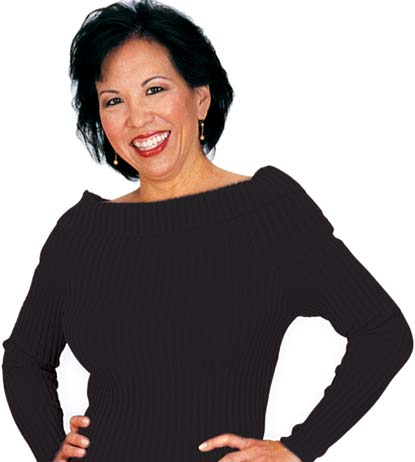
3
What You Need To Know
About Heart Disease
What Is Heart Disease?
Coronary heart disease—often simply called heart disease—occurs when the arteries that supply blood to the heart muscle become hardened and narrowed due to a buildup of plaque on the arteries’
inner walls. Plaque is the accumulation of fat, cholesterol, and other substances. As plaque continues to build up in the arteries, blood flow to the heart is reduced.
Heart disease can lead to a heart attack. A heart attack happens when an artery becomes totally blocked with plaque, preventing vital oxygen and nutrients from getting to the heart. A heart attack can cause permanent damage to the heart muscle.
Heart disease is one of several cardiovascular diseases, which are disorders of the heart and blood vessel system. Other cardiovascular diseases include stroke, high blood pressure, and rheumatic heart disease.
Some people aren’t too concerned about heart disease because they think it can be “cured” with surgery. This is a myth.
Heart disease is a lifelong condition: Once you get it,
you’ll always have it. It’s true that procedures such as
What Y
angioplasty and bypass surgery can help blood and
oxygen flow more easily to the heart. But the arter-
ou Need T
ies remain damaged, which means you are still more
likely to have a heart attack. What’s more, the
condition of your blood vessels will steadily
o Know About Heart Disease
worsen unless you make changes in your
daily habits and control your risk factors.
Many people die of complications
from heart disease, or become
permanently disabled. That’s
why it is so vital to take action to
prevent this disease.
4
Who Is at Risk?
Risk factors are conditions or habits that make a person more likely to develop a disease. They can also increase the chances that an existing disease will get worse. Important risk factors for heart disease that you can do something about are cigarette smoking, high blood pressure, high blood cholesterol, overweight, physical inactivity, and diabetes. Recent research shows that more than 95 percent of those who die from heart disease have at least one of these major risk factors.
Certain risk factors, such as getting older, can’t be changed. After menopause, women are more likely to develop heart disease. For both women and men, middle age is a time of increasing risk because people are more likely to develop heart disease risk factors during this stage of life.
Family history of early heart disease is another risk factor that can’t be changed. If your father or brother had a heart attack before age 55, or if your mother or sister had one before age 65, you are more likely to get heart disease.
While certain risk factors cannot be changed, it is important to realize that you do have control over many others. Regardless of your age or family history, you can take important steps to lower your risk of heart disease.
How Risk Works
It may be tempting to believe that doing just one healthy thing will take care of your heart disease risk. For example, you may hope that if you walk or swim regularly, you can still eat a lot of fatty foods and stay fairly healthy. Not true. To protect your heart, it is vital to make changes that address each and every risk factor you have. You can make the changes gradually, one at a time. But making them is very important.
While each risk factor increases your risk of heart disease, having more than one risk factor is especially serious. That’s because risk factors tend to “gang up” and worsen each other’s effects. For example, if you have high blood cholesterol and you smoke, your heart disease risk increases enormously. The message is clear: You need to take heart disease risk seriously, and the best time to reduce our Guide to a Healthy Heart
that risk is now.
Y

5
What’s Your Risk?
The first step toward heart health is becoming aware of your own personal risk for heart disease. Some risks, such as smoking cigarettes or being overweight, are obvious: All of us know whether we smoke or whether we need to lose a few pounds. But other risk factors, such as high blood pressure or high blood cholesterol, have few visible signs or symptoms. So you’ll need to gather some information to create your own personal “heart profile.”
How To Talk With Your Doctor
The first step in finding out your risk is to make an appointment with your doctor for a thorough checkup. Your physician can be an important partner in helping you set and reach goals for heart health. But don’t wait for your doctor to mention heart disease or its risk factors. Many physicians don’t routinely bring up the topic, especially with their female patients. New research shows that women are less likely than men to receive heart healthy recommendations from their doctors. Here’s how to speak up and establish good, clear communication between you and your doctor.
Ask for what you need. Tell your doctor that you want to keep your heart healthy and would like help in achieving that
goal. Ask questions about your chances of
developing heart disease and ways to lower
your risk. (See “Questions To Ask Your
Doctor” on the next page.) Also ask for
tests that will determine your personal
risk factors. (See “What’s Your Number?”
on page 8.)
Be open. When your doctor asks you
What’
questions, answer them as
s Y
honestly and fully as you
our Risk?
can. While certain topics
may seem quite personal,
6
discussing them openly can help your doctor find out your chances of developing heart disease. It can also help your doctor work more effectively with you to reduce your risk.
Keep it simple. If you don’t understand something your doctor says, ask for an explanation in plain language. Be especially sure you understand why and how to take any medication you’re given. If you are worried about understanding what the doctor says, or if you have trouble hearing, bring a friend or relative with you to your appointment. You may want to ask that person to write down the doctor’s instructions for you.
Questions ToAsk Your Doctor
Getting answers to these questions will give you important information about your heart health and what you can do to improve it. You may want to bring this list to your doctor’s office.
1. What is my risk for heart disease?
2. What is my blood pressure? What does it mean for me, and what do I need to do about it?
3. What are my cholesterol numbers? (These include total cholesterol, low-density lipoprotein (LDL) “bad” cholesterol, high-density lipoprotein (HDL) “good” cholesterol, and
triglycerides.) What do they mean for me, and what do
I need to do about them?
4. What are my body mass index (BMI) and waist measurement?
Do they indicate that I need to lose weight for my health?
5. What is my blood sugar level? Does it mean I’m at risk for diabetes?
6. What other screening tests for heart disease do I need? How often should I return for checkups for my heart health?
7. For smokers: What can you do to help me quit smoking?
8. How much physical activity do I need to help protect my heart? What kinds of activities are helpful?
9. What is a heart healthy eating plan for me? Should I see a registered dietitian or qualified nutritionist to learn more about healthy eating?
10. How can I tell if I’m having a heart attack?
our Guide to a Healthy HeartY
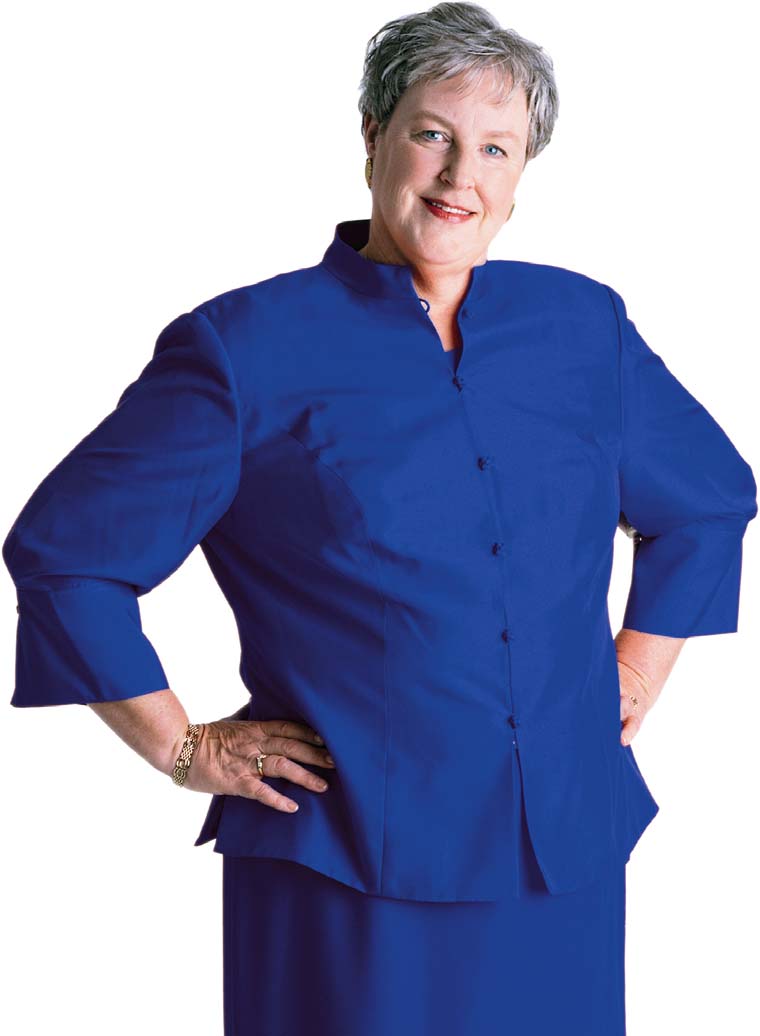
7
A N N S T I E G L E R
I just didn’t think I could be having a
“heart attack. I didn’t expect it to happen
to me. I was overweight and had high
cholesterol but thought I was in good
health. I’d had diabetes about 4 years, but
I had no idea that it was a risk factor for
heart disease. Most women don’t know
they’re at risk for heart disease. I have
several friends who have a lot of the
same risk factors that I do, but they’re
just not tuned in to them. They need to
know that, and they need to take better
care of themselves.”
What’
s Y
our Risk?
8
What’s Your Number?
Tests That Can Help
Protect Your Health
Ask your doctor to give you these tests. Each one will give you valuable information about your heart disease risk.
Lipoprotein Profile
What: A blood test that measures total cholesterol, LDL “bad”
cholesterol, HDL “good” cholesterol, and triglycerides (another form of fat in the blood). The test is given after a 9- to 12-hour fast.
Why: To find out if you have any of the following: high blood cholesterol (high total and LDL cholesterol), low HDL cholesterol, or high triglyceride levels. All affect your risk for heart disease.
When: All healthy adults should have a lipoprotein profile done at least once every 5 years. Depending on the results, your doctor may want to repeat the test more frequently.
Blood Pressure
What: A simple, painless test using an inflatable arm cuff.
Why: To find out if you have high blood pressure (also called hypertension) or prehypertension. Both are risk factors for heart disease.
When: At least every 2 years, or more often if you have high blood pressure or prehypertension.
Fasting Plasma Glucose
What: The preferred test for diagnosing diabetes. After you have fasted overnight, you will be given a blood test the following morning.
our Guide to a Healthy HeartY
9
Why: To find out if you have diabetes or are likely to develop the disease. Fasting plasma glucose levels of 126 mg/dL or higher in two tests on different days mean that you have diabetes. Levels between 100 and 125 mg/dL mean that you have an increased risk of developing diabetes and may have prediabetes. Diabetes is an important risk factor for heart disease and other medical disorders.
When: At least every 3 years, beginning at age 45. If you have risk factors for diabetes, you should be tested at a younger age and more often.
Body Mass Index (BMI) and Waist Circumference
What: BMI is a measure of your weight in relation to your height.
Waist circumference is a measure of the fat around your middle.
Why: To find out if your body type raises your risk of heart disease. A BMI of 25 or higher means you are overweight. A BMI of 30 or higher means you are obese. Both overweight and
obesity are risk factors for heart disease. For women, a waist measurement of more than 35 inches increases the risk of heart disease and other serious health conditions. For men, a waist measurement of more than 40 inches increases risk.
When: Every 2 years, or more often if your doctor recommends it.
There are also several tests that can determine whether you already have heart disease. Ask your doctor whether you need a stress test, an electrocardiogram (ECG or EKG), or another What’
diagnostic test.
s Y
our Risk?
What’s Your Number?
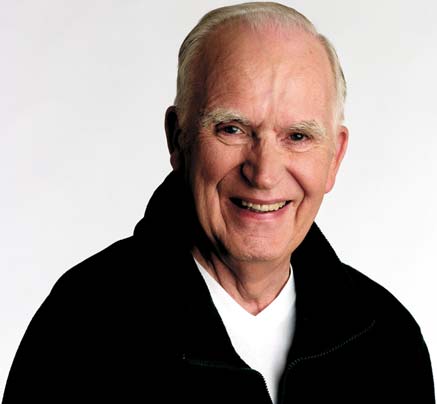
10
Rating
Your Risk
Here is a quick quiz to find out if you have an increased risk for a heart attack. If you don’t know some of the answers, ask your health care provider.
● Do you smoke?
● Is your blood pressure 140/90 mmHg or higher; OR, have you been told by your doctor that your blood pressure is too high?
● Has your doctor told you that your LDL “bad” cholesterol is too high; that your total cholesterol level is 200 mg/dL or higher; OR, that your HDL “good” cholesterol is less than 40 mg/dL?
● Has your father or brother had a heart attack before age 55; OR, has your mother or sister had one before age 65?
● Do you have diabetes OR a fasting blood sugar of 126 mg/dL
or higher; OR, do you need medicine to control your blood sugar?
● For women: Are you over 55 years old?
● For men: Are you over 45 years old?
● Do you have a Body Mass Index score of 25 or more? (To find out, see page 27.)
● Do you get less than a total of 30 minutes of physical activity on most days?
● Has a doctor told you that you have angina (chest pains); OR, have you had a heart attack?
If you answered “yes” to any of these
questions, you have a higher risk of
having a heart attack. Read on to
learn what you can do to lower
your risk.
Rating Your
our Guide to a Healthy Heart
Risk
Y
11
Major Risk Factors
A strong partnership with your doctor is a vital first step in protecting your heart health. But to make a lasting difference, you’ll also need to learn more about heart disease and the kinds of habits and conditions that can increase your risk. It’s your heart, and you’re in charge. What follows is a guide to the most important risk factors for heart disease and how each of them affects your health.
Smoking
Smoking is “the leading cause of preventable death and disease in the United States,” according to the Centers for Disease Control and Prevention (CDC). People who smoke are up to six times more likely to suffer a heart attack than nonsmokers, and the risk increases with the number of cigarettes smoked each day. Smoking can also shorten a healthy life, because smokers are likely to suffer a heart attack or other major heart problem at least 10 years sooner than nonsmokers.
But heart disease is far from the only health risk faced by smokers.
Smoking also raises the risk of stroke and greatly increases the chances of developing lung cancer. Smoking is also linked with many other types of c
















